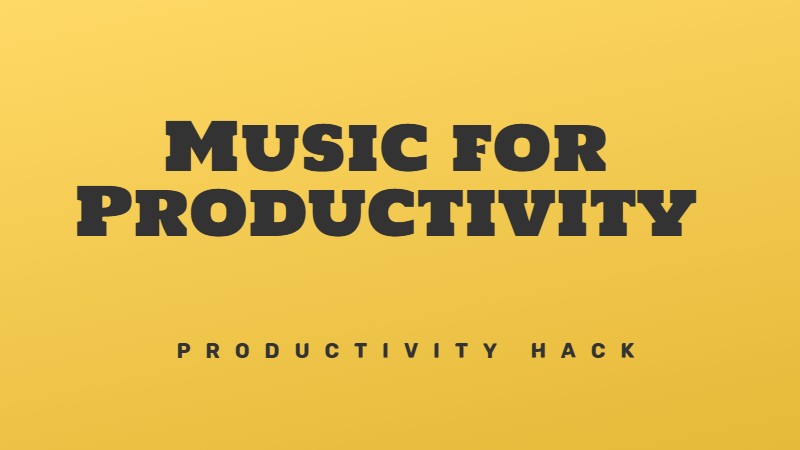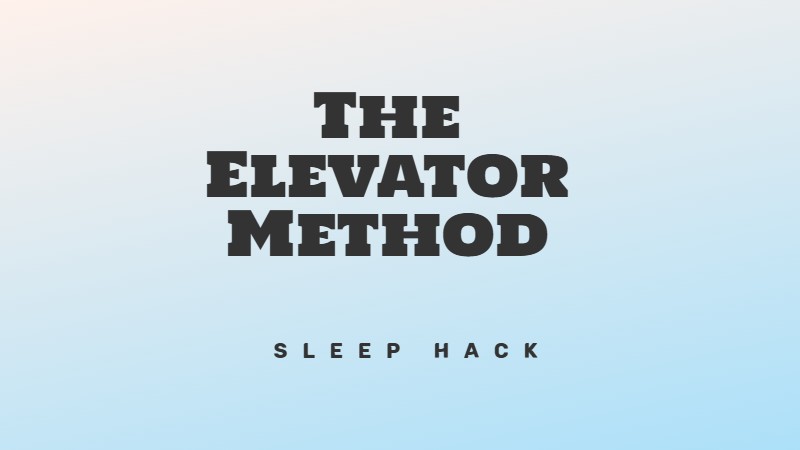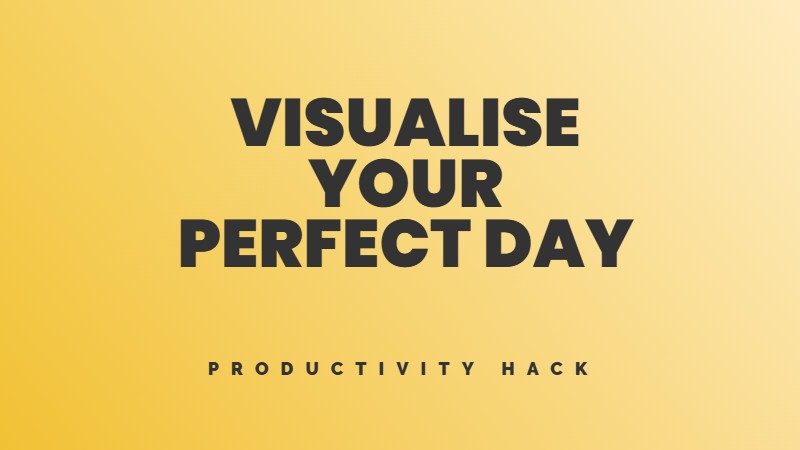In this episode of NPR’s Hidden Brain podcast, host Shankar Vedantam and behavioural scientist Alison Wood Brooks take us on a journey into the science of conversation. Tenemos que hablar descubre las fuerzas ocultas que dan forma a nuestras interacciones, ofreciendo estrategias basadas en pruebas para mantener conversaciones más significativas.
Mediante una mezcla de conocimiento científico y narración convincente, Shankar y Alison exploran el profundo impacto de nuestra forma de comunicarnos y nos invitan a abordar las conversaciones con mayor intención y curiosidad.
Whether you’re a social butterfly or a wallflower, this episode will leave you inspired to harness the transformative power of authentic human conversations. Join Shankar and Alison for a thought-provoking exploration that will change your thoughts about talking and listening. Tune in and discover the science behind the conversations that matter most.
Fuente: Sitio web de Hidden Brain
Tenemos que hablar
Imagina que pudieras recrear la sensación de una conversación realmente genial en cada interacción social. La mayoría de la gente ve esta habilidad como un carisma innato que sólo poseen unos pocos afortunados. Pero el secreto para ser un excelente conversador es un conjunto concreto de habilidades que cualquiera puede dominar con la práctica.
La verdad es que nadie nace siendo un narrador ingenioso. Incluso los conversadores más atractivos tuvieron que aprender técnicas para llegar a ser tan magnéticos. Con algunos conocimientos y práctica, cualquiera puede convertirse en un gran conversador.
1. Haz más preguntas
Alison Wood Brooks went on a blind date with a handsome, successful man who didn’t ask her anything about herself for the first 20 minutes. This showed how important genuine curiosity and asking questions are for better conversations.
2. Prepara algunas preguntas
Alison’s friend, who was facing serious illness after having a baby, showed the power of topic preparation when they finally got together. She carefully thought about what to catch up on and even gave each topic a Whitney Houston song title. This thoughtfulness made the conversation more engaging and meaningful. To use topic prep in your conversations:
3. Don’t stay too long on one topic
At a Halloween party, Alison got stuck talking only about Ohio with a man who seemed uninterested in connecting. No matter what she said, they couldn’t get past small talk, showing why it’s key to know when to change topics. To handle topic switching and depth well:
4. La pirámide conversacional
Alison’s small talk experiences led her to make the topic pyramid to understand where a conversation is and where to take it. The pyramid has three levels (small, medium, deep talk), each with its purpose and importance. Use it to improve conversations:
5. El poder de la escucha activa
In a conversation about grief, Stephen Colbert and Anderson Cooper demonstrate active listening and engagement. They were so engaged that they could finish each other’s sentences, demonstrating a deep level of understanding and connection.
Este tipo de sincronía conversacional es poderosa, y he aquí cómo puedes llevarla a tus propias conversaciones:
6. La adulación sincera hace que la gente se sienta bien
At a party, Alison’s friend Dave greeted everyone with over-the-top flattery. While clearly insincere, it still made people feel good, especially in a social setting. To use the power of flattery:
Lo esencial
It’s easy to dismiss the idea of conversation hacks as just more self-help fluff. But the strategies outlined above are grounded in real behavioral science and the lived experiences of people who have transformed their social lives by changing the way they talk – and listen.
Asking questions, preparing topics thoughtfully, moving on when things stagnate, building gradually to deeper subjects, listening with full presence, and even a well-placed compliment – these are the building blocks of the relationships that sustain us and give life meaning.
Empieza poco a poco, quizás retándote a ti mismo a hacer tres preguntas auténticas la próxima vez que charles con un colega o conocido. Observa cómo cambia la dinámica y se abren nuevas posibilidades. Luego sigue construyendo, ladrillo a ladrillo, conversación a conversación, hasta que conectar a través de las palabras parezca algo natural. Tu esfuerzo se verá multiplicado por diez en forma de redes ampliadas, amistades más profundas y una experiencia más rica de tu mundo social.




Deja tu opinión sobre esto